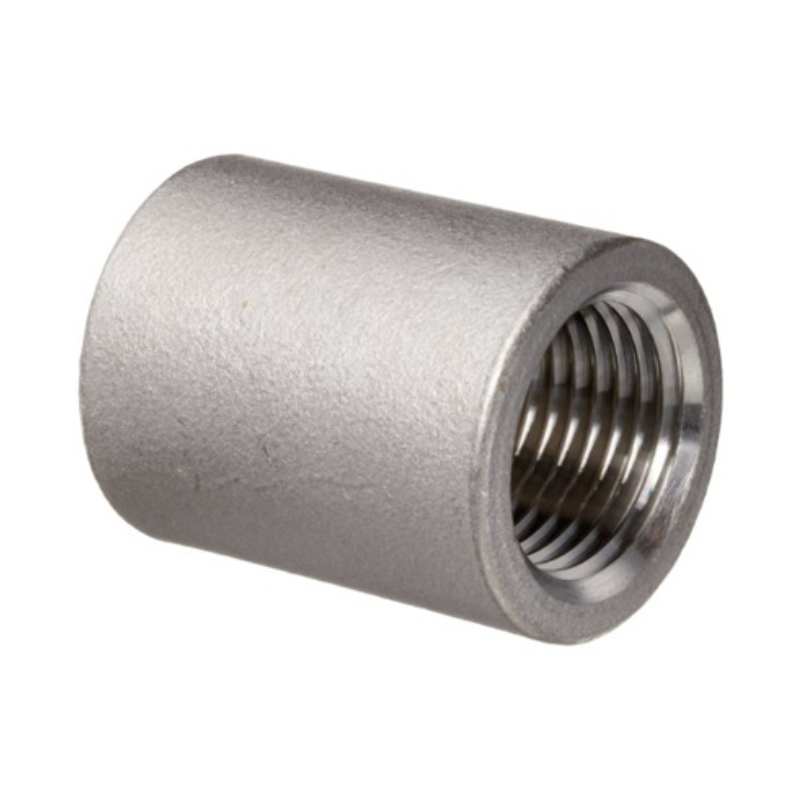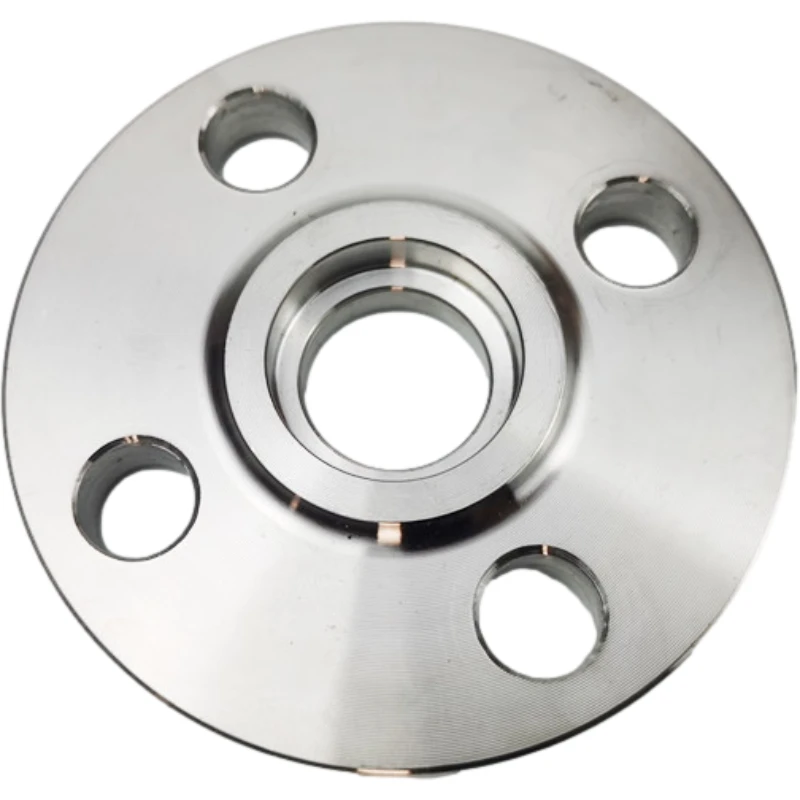-
Cangzhou Yulong Steel Co., Ltd.
-
Phone:
+86 13303177267 -
Email:
admin@ylsteelfittings.com
- English
- Arabic
- Italian
- Spanish
- Portuguese
- German
- kazakh
- Persian
- Greek
- French
- Russian
- Polish
- Thai
- Indonesian
- Vietnamese
- Zulu
- Korean
- Uzbek
- Hindi
- Serbian
- Malay
- Ukrainian
- Gujarati
- Haitian Creole
- hausa
- hawaiian
- Hebrew
- Miao
- Hungarian
- Icelandic
- igbo
- irish
- Japanese
- Javanese
- Kannada
- Khmer
- Rwandese
- Afrikaans
- Albanian
- Amharic
- Armenian
- Azerbaijani
- Basque
- Belarusian
- Bengali
- Bosnian
- Bulgarian
- Catalan
- Cebuano
- China
- China (Taiwan)
- Corsican
- Croatian
- Czech
- Danish
- Esperanto
- Estonian
- Finnish
- Frisian
- Galician
- Georgian
- Kurdish
- Kyrgyz
- Lao
- Latin
- Latvian
- Lithuanian
- Luxembourgish
- Macedonian
- Malgashi
- Malayalam
- Maltese
- Maori
- Marathi
- Mongolian
- Myanmar
- Nepali
- Norwegian
- Norwegian
- Occitan
- Pashto
- Dutch
- Punjabi
- Romanian
- Samoan
- Scottish Gaelic
- Sesotho
- Shona
- Sindhi
- Sinhala
- Slovak
- Slovenian
- Somali
- Sundanese
- Swahili
- Swedish
- Tagalog
- Tajik
- Tamil
- Tatar
- Telugu
- Turkish
- Turkmen
- Urdu
- Uighur
- Welsh
- Bantu
- Yiddish
- Yoruba

Feb . 15, 2025 14:50 Back to list
din flange types
Flanges play a crucial role in various industrial applications, particularly in piping systems. With stainless steel (SS) flanges, industries ensure a robust connection that can withstand high pressures and temperatures. Their durability and resistance to corrosion make SS flanges an ideal choice for several sectors, including oil and gas, petrochemicals, and water treatment. In this article, we will explore the different types of SS flanges, offering insights from both an expertise-laden and real-world experience perspective.
Lap Joint Flanges A unique feature of lap joint flanges is their use in conjunction with a stub end. The flange itself doesn’t come into contact with the fluid as the stub end is placed between the pipe and the flange, which allows for rotation to align holes easily. They are beneficial in systems where frequent dismantling is required for inspection and maintenance. Their ease of assembly disassembly is a favored feature in industries where corrosion-resistance through material separation is key. Threaded Flanges Also known as screwed flanges, these are a great solution for specific situations where welding is not feasible. In environments with highly explosive materials, where welding could risk safety, threaded flanges are employed. They offer an advantage in scenarios requiring easy installation or removal and work well under both high and moderate pressure systems. However, due to the nature of the connection, they might not be as robust as welded counterparts. Flange Faces and Finishes Beyond material and type, the face type and finish of a flange affect its compatibility with gaskets and sealing performance. SS flanges typically come with types like raised faces or flat faces, each offering distinct sealing advantages. When selecting a flange, it's vital to ensure that the face type aligns with the gasket and bolting options to maximize leak-proof performance. Concluding Thoughts Picking the right type of SS flange extends beyond their categorization. Factors like environment, pressure, temperature, and application frequency are integral considerations. As industries continue to innovate and adapt, SS flanges must meet ever-evolving standards for safety, durability, and efficiency. By focusing on these criteria, expert engineers can optimize both safety and performance across complex piping systems.


Lap Joint Flanges A unique feature of lap joint flanges is their use in conjunction with a stub end. The flange itself doesn’t come into contact with the fluid as the stub end is placed between the pipe and the flange, which allows for rotation to align holes easily. They are beneficial in systems where frequent dismantling is required for inspection and maintenance. Their ease of assembly disassembly is a favored feature in industries where corrosion-resistance through material separation is key. Threaded Flanges Also known as screwed flanges, these are a great solution for specific situations where welding is not feasible. In environments with highly explosive materials, where welding could risk safety, threaded flanges are employed. They offer an advantage in scenarios requiring easy installation or removal and work well under both high and moderate pressure systems. However, due to the nature of the connection, they might not be as robust as welded counterparts. Flange Faces and Finishes Beyond material and type, the face type and finish of a flange affect its compatibility with gaskets and sealing performance. SS flanges typically come with types like raised faces or flat faces, each offering distinct sealing advantages. When selecting a flange, it's vital to ensure that the face type aligns with the gasket and bolting options to maximize leak-proof performance. Concluding Thoughts Picking the right type of SS flange extends beyond their categorization. Factors like environment, pressure, temperature, and application frequency are integral considerations. As industries continue to innovate and adapt, SS flanges must meet ever-evolving standards for safety, durability, and efficiency. By focusing on these criteria, expert engineers can optimize both safety and performance across complex piping systems.
Latest news
-
ANSI 150P SS304 SO FLANGE
NewsFeb.14,2025
-
ASTM A333GR6 STEEL PIPE
NewsJan.20,2025
-
ANSI B16.5 WELDING NECK FLANGE
NewsJan.15,2026
-
ANSI B16.5 SLIP-ON FLANGE
NewsApr.19,2024
-
SABS 1123 FLANGE
NewsJan.15,2025
-
DIN86044 PLATE FLANGE
NewsApr.19,2024
-
DIN2527 BLIND FLANGE
NewsApr.12,2024
-
JIS B2311 Butt-Welding Fittings LR/SR 45°/90° /180°Seamless/Weld
NewsApr.23,2024











